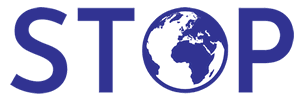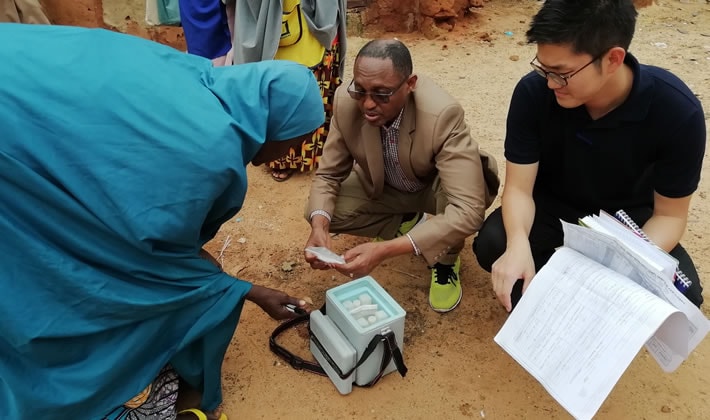
Fast Facts on STOP Program
Updated July 5, 2023

STOP Program members during a vaccination campaign in Nigeria.
STOP consultants help strengthen national immunization surveillance programs, support supplemental immunization activities, respond to disease outbreaks, and advance polio eradication efforts.
STOP Has Supported Countries for Over 20 years
The STOP Program began in 1998 as part of the Global Polio Eradication Initiative (GPEI). Since its founding STOP has:
- Recruited, trained and deployed 3,500 consultants
- Completed 5,400 assignments
- Supported 81 countries across all six World Health Organization (WHO) regions
STOP Program Recruits, Trains, and Deploys International Public Health Consultants
The STOP Program (STOP) is a collaboration between CDC, the World Health Organization (WHO), and the United Nations Children’s Fund (UNICEF). STOP consultants:
- serve as field epidemiologists, data managers, and social and behavioral change consultants.
- are deployed to countries and geographies where the burden of vaccine-preventable diseases (VPD) on children, families, and economies is often the highest in the world. They live and work in the countries that they serve.
- Key areas of focus include:
- Vaccination activities to mitigate and contain outbreaks of VPDs
- Active and passive surveillance
- Health education and communication
- Immunization policy guidance
- Outbreak response activities
- Data management and analysis
- Community engagement
- Social mobilization
STOP Consultants Provide In-Country Support to Build and Sustain Immunization Capacity
- The STOP Program advances progress toward polio eradication and supports efforts to maintain polio eradication in the countries where STOP consultants work.
- STOP consultants help build public health capacity to strengthen immunization systems and surveillance. They work to support countries in strengthening their capacity to prevent, detect, and respond to VPDs like polio, measles, rubella, and yellow fever, as well as emerging threats like Ebola and COVID-19.